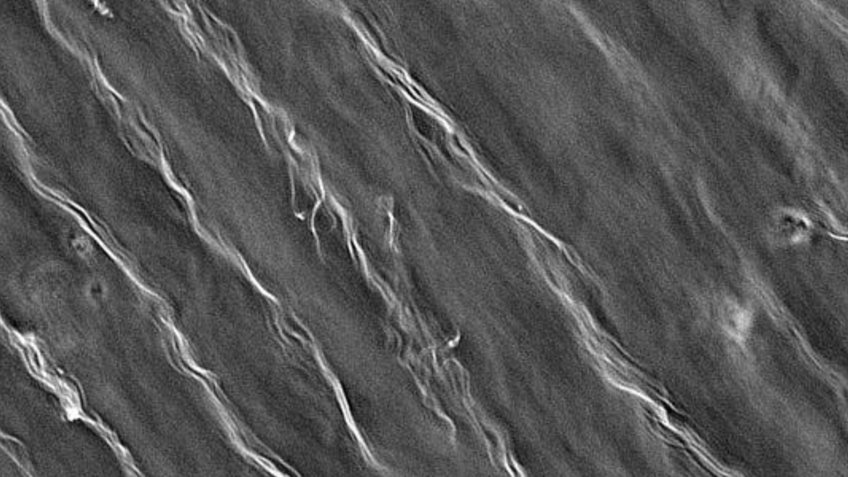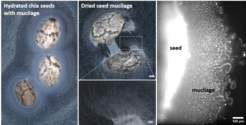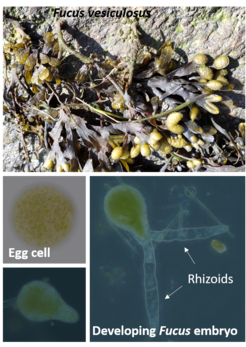
Biological Adhesive Systems
Many organisms including plants, animals and algae produce various natural materials that allow them to adhere to surfaces in wet and dry environments. We investigate the composition, hierarchical structure and mechanical properties of such adhesives, aiming to understand the underlying physicochemical mechanisms. Insights from this research have potential applications in developing advanced synthetic adhesives, medical sealants, and coatings that mimic these natural systems, offering solutions that are often more sustainable and effective than current technologies.
We are particularly interested in adhesive seed mucilages and underwater adhesion of brown macroalgae.
Seed Mucilages
Various seeds secrete a gel-like sticky mucilage upon hydration with water - a very common trait across plants called myxospermy. Seed mucilages are rich in polysaccharides and exhibits strong adhesive properties, making them an eco-friendly alternative to synthetic adhesives. Our research into seed mucilage focuses on understanding its composition, hierarchical structure, and relate them to the adhesive properties.

Underwater Adhesion of Brown Macroalgae
Many brown macroalgae similar to other marine organisms such as mussels and barnacles live in challenging sea shore habitats with crashing waves reaching velocities of 30 m/s. To secure themselves in such extreme environment, macroalgae have evolved a holdfast acting as strong underwater adhesive – a feat that man-made glues do not achieve. Overcoming the challenge of wet and underwater adhesion is especially interesting for medical applications as sealant for blood vessels, as dental adhesives or to bind tissue and facilitate healing. Our aim is to extract key principles of underwater adhesion in brown macroalgae by investigating the composition and hierarchical structure of their holdfast.


